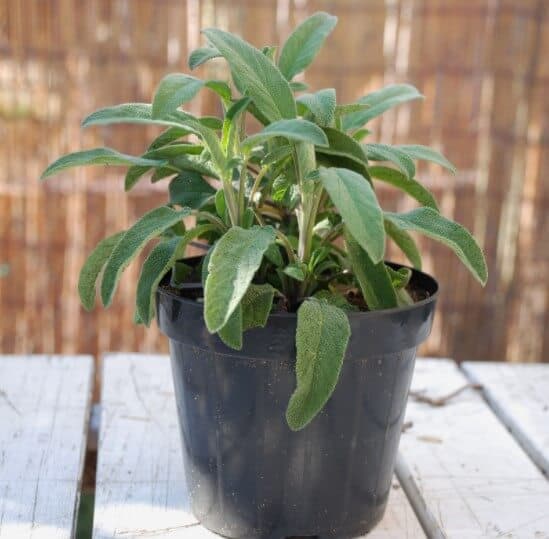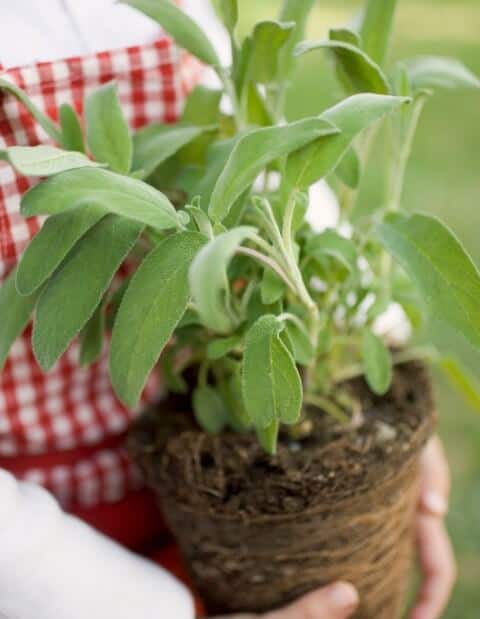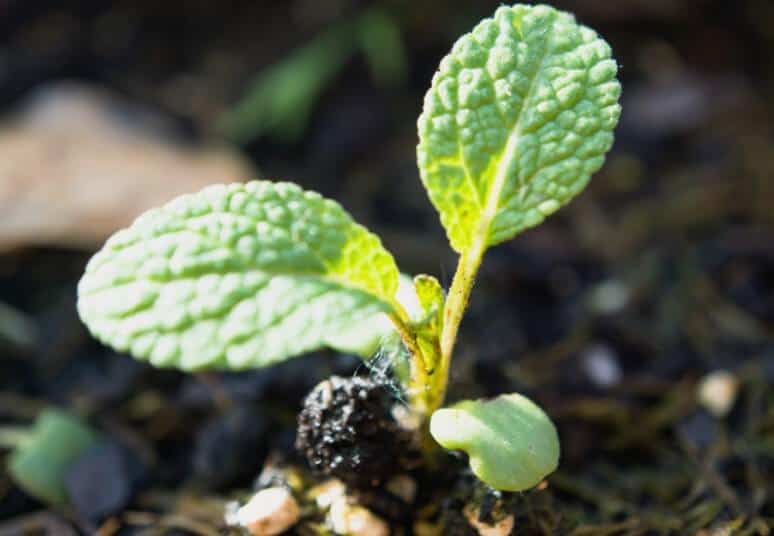Certain fragrances emanating from herbs can evoke the essence of a particular season. However, sage stands out with its delightful aroma reminiscent of Thanksgiving.
As a member of the mint family, sage is an herb that can be effortlessly cultivated at home, whether indoors or outdoors. Its growth pattern tends to be wider rather than taller, giving it a distinct appearance.
Sage is commonly used in daily culinary practices to enhance the flavor of dishes. It pairs exceptionally well with poultry and pork. During the autumn season, many individuals enjoy incorporating sage into stuffing for Thanksgiving meals, blending it with other ingredients.
The aromatic and savory qualities of sage also make it a wonderful addition to lamb, risotto, and winter squash dishes. It can be combined with other herbs such as rosemary or basil for delightful flavor combinations.
Furthermore, sage offers various health benefits. It is believed to enhance memory and alleviate stomach ailments. Many women find relief from menopause symptoms by consuming sage. Additionally, sage is rich in antioxidants, which support overall immune function.
Now, let us delve into the process of growing sage in our own homes. Even if you consider yourself a novice in gardening, there is no need to fret.
Planting sage is a straightforward task that requires only a few steps. In fact, it is considered one of the easiest herbs to cultivate. Here, you will find the ultimate guide on how to grow sage at home.
How to Grow Sage

Indoor or Outdoor?
Soil

Light

While sage thrives in full sun and direct light, it can still grow successfully with sufficient sunlight, even when planted indoors.
However, it is important to ensure that your sage receives an adequate amount of sunlight every day for optimal growth and improved quality. Sufficient sunlight helps to dry out any moisture on the leaves that may have accumulated overnight, preventing them from rotting and promoting healthier growth.
Water
Sage is a resilient herb that can withstand both drought and cold conditions. However, it is important to maintain appropriate moisture levels in the soil during summer and ensure proper drainage in winter.
Avoid overwatering sage, as excessive moisture can lead to issues such as mildew growth and pest infestation. Instead, water the sage once the top inch of the soil has completely dried out. This is the recommended method for watering sage. When you do water, make sure to do so thoroughly, allowing the water to penetrate the soil effectively.
Temperature
Sage is a versatile herb that can tolerate a wide range of temperatures, but it dislikes being planted in soil that is consistently wet and damp. While sage thrives in warm and sunny locations, it does not appreciate extreme heat.
Ideally, sage prefers an environment where it is shielded from excessive exposure to both extreme heat and cold. The optimal condition for sage is to have soil that is moist yet well-drained, providing a suitable balance for the plant’s growth and development.
Fertilizer
Sage generally does not demand frequent feeding or fertilization. However, to encourage the growth of high-quality sage, it is beneficial to enrich the loamy and moist soil with a side dressing of compost tea before planting. This can provide a nutrient boost to the soil.
Additionally, during the growing period, you can consider giving the sage another round of compost tea application twice. This periodic nourishment can support the plant’s development and contribute to the overall health and vitality of the sage.
Harvest and Propagation

Troubleshooting the Pest
While growing sage is generally easy, it is important to remain vigilant against potential pests and diseases that may affect your sage plants.
Diseases are typically not a major concern for sage, as long as you maintain good soil drainage throughout the growing process. Ensuring proper drainage helps prevent issues such as root rot and mildew.
If these problems do occur, it is often due to excessive humidity in the soil or surrounding environment. Therefore, it is crucial to regulate air circulation around your sage plants and ensure that the soil remains well-drained.
In terms of pests and insects, spider mites, thrips, and spittlebugs may take an interest in sage. To manage these pests, you can use organic insecticides like pyrethrum or opt for insecticidal soap or oil. These measures can help you effectively control and mitigate any pest infestations.
Conclusion
Growing sage is a simple and straightforward process. While growing it from seeds may take some time, there are alternative methods such as using cuttings or layering to successfully cultivate sage in your home.
Whether you choose to grow sage indoors or outdoors, it requires soil that is moist, loamy, sandy, and well-drained. Water the soil once the top layer has dried out completely. It’s important to water thoroughly, ensuring the soil is adequately moistened without overwatering.
Overwatering the soil can lead to issues such as mildew and root rot in sage plants. It’s crucial to maintain a proper balance of moisture to prevent these problems from occurring.